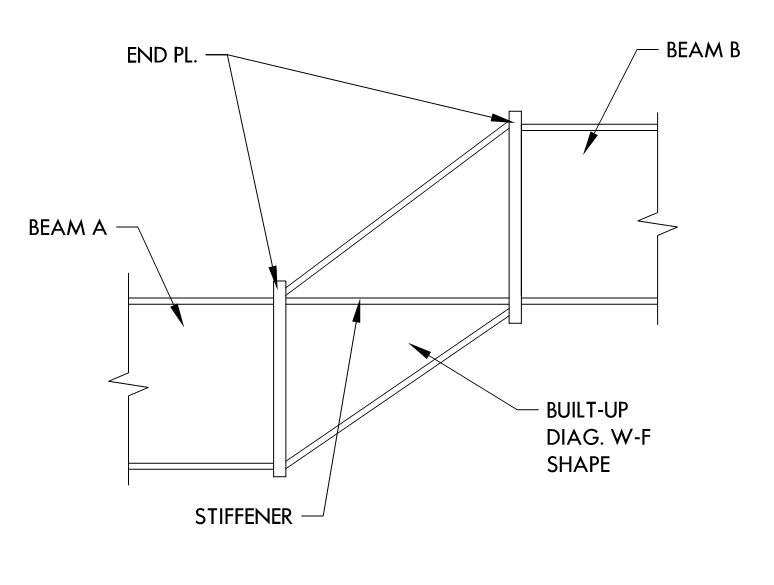I see eight vertical beam stiffeners in your future. If you actually need diagonals or web doublers, I'd take that a sign that you're headed down the wrong path with this.
It would be good to know what percentage of the full member moment capacity you're hoping to develop here. This arrangement can work for small moments but I'd suspect that large ones would be a problem.
With the right stiffeners etc, I think that you could get the job done with fillet welding etc. As you've shown it, however, I see a lot of flexibility in that connection. Basically the flex induced in both flanges. That'll tend to neuter what you're trying to accomplish.
I like to debate structural engineering theory -- a lot. If I challenge you on something, know that I'm doing so because I respect your opinion enough to either change it or adopt it.

